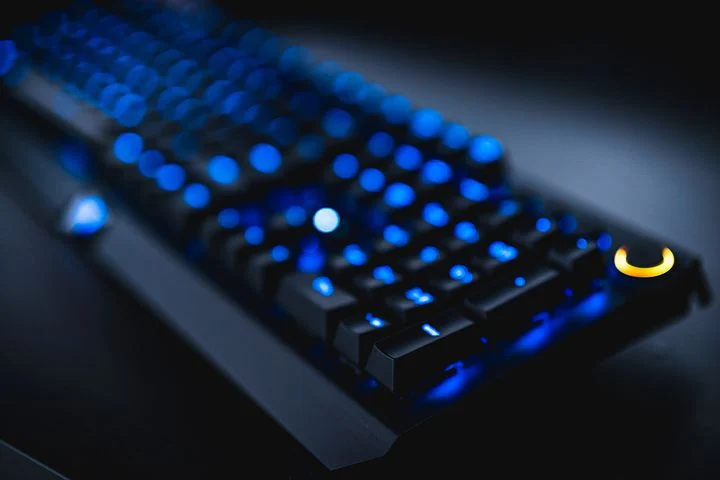Sports are a big deal. They bring together people from all walks of life, and they have the ability to unite people in ways that few things can. But sports also have many challenges that come with them. However, technology has helped overcome those challenges in new and innovative ways. Below we’ll discuss some of the biggest trends in sports technology right now:

Artificial Intelligence (AI)
AI can be used to help fans find the best seats at a game, the best food at a game, and even the best parking spots. AI can also be used to help fans find the best transportation options to get to and from their seats.
AI technology could also be used in other areas of sports, such as scouting players or determining which athletes should play on which teams. In addition, coaches could use AI during training sessions to give feedback on players’ performance during practice matches or games. The use of artificial intelligence will only continue to grow within this industry as time goes on!
Computer Vision
Computer vision is a set of abilities that a computer has when it comes to analyzing and understanding images. These abilities include detecting, recognizing, and tracking objects in an image. Computer vision has applications in self-driving cars, drones, robotics, and sports analytics.
Technologies that help improve computer vision include:
- Machine learning
- Deep learning
Personalized/Digitalized Fan Experience
Fans want a unique and personalized experience. They want to feel like the sports industry is listening to them.
They also want to be able to share with their friends and family about the games, teams, or players they’re excited about while getting involved with apuestas deportivas Colombia.
The fan engagement space is growing quickly, with companies focused on helping fans interact with each other online in forums and groups. These platforms allow fans to interact digitally outside of traditional broadcast channels like TV or radio while creating new revenue streams for sports leagues that can be used towards player salaries and other team expenses.
Biometric Sensors and Wearable Technologies
Biometric sensors and wearable technologies are used to collect information about a person’s body, such as heart rate or blood pressure. The data is then transmitted wirelessly to a smartphone or smartwatch, where it’s stored and analyzed.
While the technology has been used in the medical field for some time now—and is well-known for its ability to monitor diabetic patients’ glucose levels—it’s only recently started being adopted by athletes. This shift can be attributed in part to wearables like FitBit and Apple Watch that have made this type of technology more accessible for everyday use.
Virtual Reality
Virtual reality (VR) is a three-dimensional, computer-generated environment that can be explored and interacted with by a person. VR is used in many industries, including healthcare, education, and entertainment. The sports industry has many applications for VR, including training athletes, keeping them healthy, and providing fans with unforgettable experiences.
By allowing users to immerse themselves in an alternate world where they can interact with their favorite players or characters from the sport they love, VR opens up new possibilities for teams to engage with fans while also making it easier than ever before to learn how to play the game at home!
Conclusion
The sports industry has a lot of room for improvement. With the help of AI, computer vision, personalized/digitalized fan experiences, and other technologies, it will become better than ever before.



